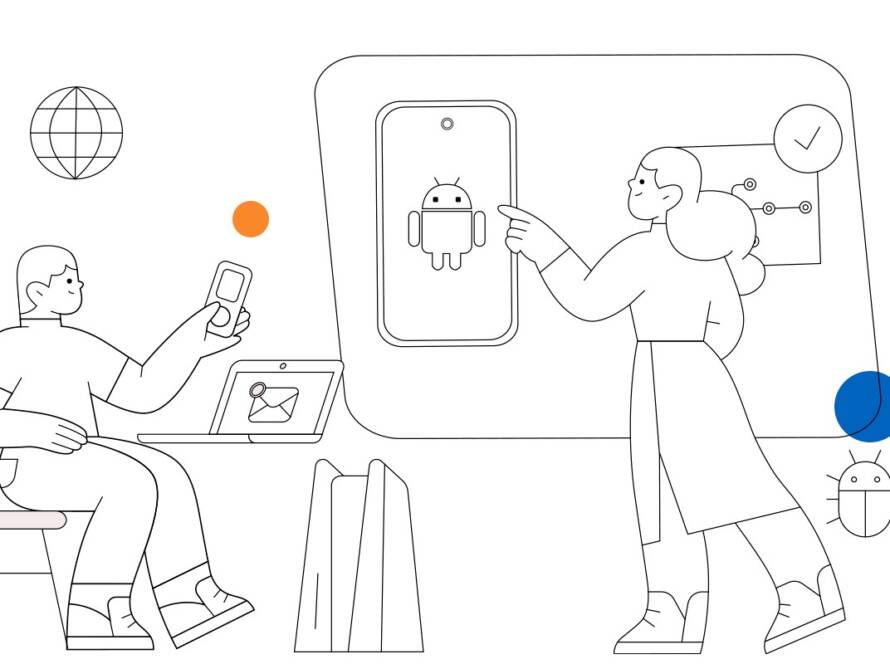In today’s fast-paced e-commerce world, businesses are constantly seeking innovative ways to meet and exceed customer expectations while staying ahead of the competition. With consumer behaviors and market trends evolving rapidly, it’s crucial for businesses to adapt to these changes to remain relevant. As a result, businesses are turning to strategies that offer personalized and compelling experiences to stand out in the crowded digital marketplace.
Enter “headless commerce,” a concept revolutionizing e-commerce architecture by separating the presentation layer from the underlying functionality. This approach grants businesses unparalleled flexibility to create engaging digital experiences tailored to their customers’ needs.
This article aims to explore the world of headless e-commerce systems, highlighting their advantages and showcasing real-world applications that demonstrate their significance in today’s digital landscape.
Let’s dive in!
Understanding Headless Commerce
Imagine your typical e-commerce setup, where the front end (the part that customers interact with) and the backend (the server-side logic) are tightly interconnected. Now, picture headless commerce as breaking free from this conventional setup. In headless commerce, the front end and back end are decoupled, allowing for greater flexibility and customization in how the online store operates.
According to a report by Grand View Research, the global headless commerce market size is expected to reach USD 23.3 billion by 2028, registering a CAGR of 25.2% from 2021 to 2028. This shows that businesses across industries are recognizing the value and potential of headless commerce.
Traditional Commerce vs. Headless Commerce: What’s the Difference
When it comes to online business, understanding the difference between traditional commerce and headless commerce is crucial. Traditional commerce mirrors conventional eCommerce practices. It involves a typical website setup where the front-end and back-end are tightly integrated, simplifying the initial setup process. However, this setup often comes with pre-designed templates, limiting customization options and interaction capabilities with customers.
On the other hand, headless commerce introduces a paradigm shift. With headless architecture, businesses enjoy unparalleled freedom. Setting up a headless commerce platform is relatively straightforward, allowing for seamless integration of desired front-end and back-end solutions tailored to specific business needs. The significant advantage of headless commerce lies in its customization capabilities, enabling swift updates to the storefront without disrupting the back-end functionality.
Key Features and Benefits of Headless Commerce
- Flexibility and Agility
Headless commerce offers businesses the flexibility to adapt and innovate quickly. With the front end and back end operating independently, companies can respond rapidly to market trends and customer feedback without being held back by rigid systems.
- Customization and Personalization
By decoupling the front end from the back end, headless commerce enables businesses to create highly customized and personalized experiences for their customers. This means tailoring the user interface, content, and design to match the preferences of individual shoppers.
- Scalability and Performance
Headless commerce platforms are designed to scale seamlessly, allowing businesses to handle increased traffic and transaction volumes without sacrificing performance. By leveraging modern technologies and cloud-based infrastructure, companies can ensure a smooth and reliable shopping experience for their customers.
- Integration and Omnichannel Capabilities
Another advantage of headless commerce is its ability to integrate seamlessly with third-party systems and services. This means businesses can leverage a wide range of tools and technologies to enhance their online store, while also delivering a consistent experience across different channels and devices.
“Research by Gartner predicts that by 2023, organizations that have adopted a headless commerce approach will outperform their peers by 25% in customer satisfaction metrics.”
Why Companies are Opting For Headless Commerce
- Enhanced Customer Experience
In today’s competitive e-commerce landscape, delivering an exceptional customer experience is crucial. Headless commerce allows companies to create immersive, personalized, and frictionless shopping experiences that keep customers coming back for more.
- Future-Proofing
Headless commerce future-proofs businesses by providing the flexibility to adapt to changing market trends and technological advancements. This means companies can easily integrate new channels, devices, and technologies into their e-commerce ecosystem, ensuring long-term relevance and competitiveness.
- Competitive Advantage
Companies that embrace headless commerce gain a competitive edge by offering unique and differentiated customer experiences. A survey conducted by Econsultancy found that 79% of businesses believe that implementing headless commerce will give them a competitive advantage. By delivering personalized, omnichannel experiences, businesses can attract and retain customers in a crowded marketplace.

Examples of Headless Commerce Platforms
The emergence of headless commerce platforms has ushered in a new era of flexibility and innovation in the e-commerce industry. Let’s delve into how leading platforms offering headless commerce functionalities have improved the overall performance of various e-commerce brands:
“At Exper Labs, our expertise in headless architecture, integration, and customization helps businesses unlock the full potential of headless commerce.”
- Salesforce Commerce Cloud
Salesforce Commerce Cloud services stands out for its headless commerce capabilities, empowering e-commerce brands to offer immersive and tailored shopping experiences. By separating the front-end presentation layer from the back-end commerce logic, brands can seamlessly engage customers across web, mobile, and social platforms. This adaptability enables brands like Adidas and Yeti to swiftly respond to evolving consumer trends, resulting in heightened customer engagement and improved conversion rates.
- Fabric
Fabric redefines customer engagement by delivering dynamic and personalized shopping experiences. Its flexible architecture and robust API integrations empower brands to innovate without disrupting the overall shopping journey. Brands like Allbirds and Warby Parker leverage Fabric’s headless approach to differentiate themselves in competitive markets, fostering increased customer satisfaction and brand loyalty.
- BigCommerce
BigCommerce embraces the headless commerce model to provide brands with seamless experiences across digital channels. By decoupling the front-end storefront from the back-end infrastructure, BigCommerce enables brands to leverage the best technologies for highly engaging shopping experiences. By decoupling the front-end storefront from the back-end infrastructure, brands like Skullcandy and Woolrich can innovate rapidly, meeting evolving customer demands and staying ahead of the competition. BigCommerce’s headless model has played a pivotal role in the growth and success of these brands in the e-commerce landscape.
- Shopify
Shopify, a renowned e-commerce platform, has transformed the industry with its user-friendly interface and powerful features. With the introduction of Shopify Plus, the platform has further expanded its capabilities by incorporating headless commerce functionality. This advancement enables brands like Gymshark and Fashion Nova to create tailored shopping experiences that resonate with their customers. Through Shopify’s headless approach, these brands have witnessed enhanced customer engagement, increased loyalty, and substantial revenue growth.
Exper Labs: Empowering Businesses with Headless Commerce Solutions
At Exper Labs, we understand the challenges that businesses face in today’s digital landscape. That’s why we specialize in providing cutting-edge headless commerce solutions that empower companies to succeed online.
With our expertise in headless architecture, integration, and customization, we help businesses unlock the full potential of headless commerce. Whether you’re looking to launch a new e-commerce platform or enhance an existing one, we’re here to support you every step of the way.
Contact Exper Labs today to learn more about how we can help your business thrive with headless commerce. Let us be your partner in achieving e-commerce success!



